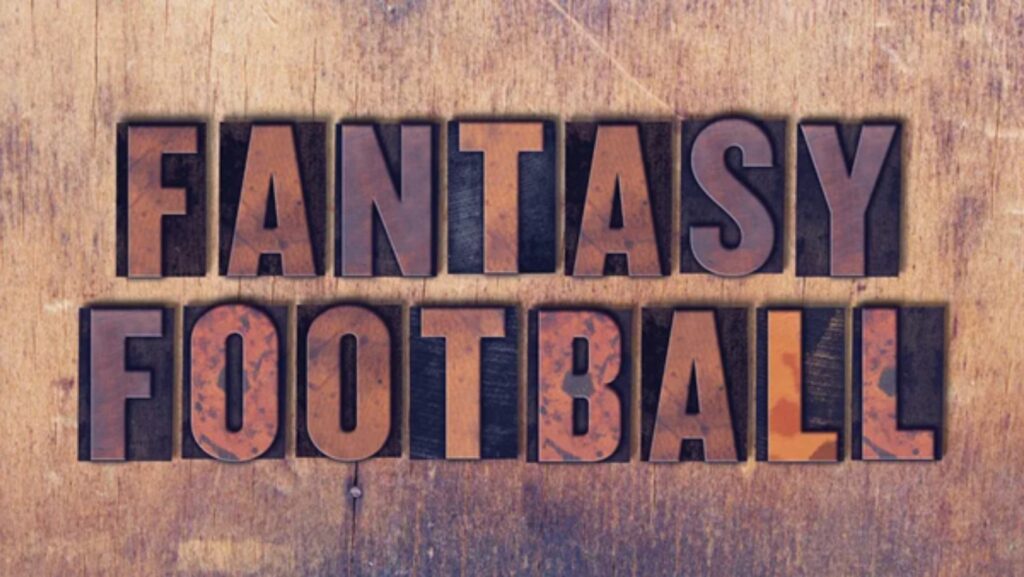Picture this—you’ve entered your NFL DFS lineup, feeling confident and hyped. You’ve spent on the big-name stars, stacked your roster with potential, and then BOOM. Your opponent’s under-the-radar running back just dropped 40 points. Sound familiar? That’s the magic (and pain) of underpriced players in Daily Fantasy Sports (DFS). If you can uncover those hidden gems, you’ve got yourself a winning edge.
This post is all about helping you identify those underpriced players lurking in NFL DFS slates every week.
What Makes a Player “Underpriced” in NFL DFS?
Before you start chasing bargains like you’re at a yard sale, let’s define what we mean by “underpriced.” An underpriced Fantasy Football player is someone whose projected output far exceeds their salary cost on platforms like FanDuel. These players provide outstanding value per dollar, allowing you to allocate funds to high-priced stars while still fielding a competitive lineup.
But what causes this mispricing? A few key reasons:
- Recent Performance Dips: One or two bad games, and their price drops faster than Sunday night leftovers at the local diner.
- Role Changes: Injuries, trades, or depth chart shakeups can thrust a backup into a prominent role.
- Algorithm Delays: DFS pricing algorithms may not catch up to news and trends instantly.
- Matchup Misreads: A player’s value can skyrocket against weaker defenses, but the pricing may not reflect that.
Must-Know Basics for Spotting DFS Bargains
Understand the Context
Context is king when spotting undervalued players. Check everything—injuries, weather conditions, coaching tendencies, and recent team performance. For instance, if the star RB on a team is nursing a hamstring injury, their backup might suddenly become a budget-friendly goldmine. The FanDuel Research for Fantasy Football resource has all the data you need in one accessible location.
Example: Remember Tony Pollard in Week 15 of the 2022 season? He went nuclear when Ezekiel Elliott was limited by injury but was priced like a third-stringer. Savvy DFS players who caught the news cashed in big.
Check Vegas Lines
Looking for an edge? Take a peek at the Vegas oddsmakers’ lines. If a game is projected to be high-scoring (think a 52-point total), it’s fertile ground for fantasy production. Look at implied team totals to determine which offenses are likely to score the most points, then dig into overlooked players in those matchups.
Exploit Positional Matchups
Is the opposing defense allergic to covering tight ends? Did their star cornerback just hit IR? Matchup data is critical in finding value plays, particularly against defenses that struggle to stop specific positions.

Pro Tip: Focus on advanced stats like DVOA (defense-adjusted value over average). It’s your not-so-secret weapon for identifying weak spots.
Follow Injury Reports Like It’s Your Job
Player injuries—and subsequent last-minute decisions—can blow wide open the DFS landscape. Pay close attention to pregame updates. If a star WR is ruled out 30 minutes before kickoff, the team’s WR2 or WR3 could instantly become a top play.
Ride the Breakout Wave
It’s always a balancing act between recency bias and really riding your luck. But if a young RB just smashed for 125 yards and two touchdowns in Week 4, there’s a good chance they’re underpriced for Week 5. DFS pricing algorithms don’t always correct as quickly as the stock market.
Advanced Strategies to Nail Underpriced Picks
Leverage Projections and Value Calculators
Look for players with high “points per dollar” stats—that magical blend of low cost and high ceiling. If Player A is $4,500 with an 18 projection, while Player B is $7,500 with a 20 projection, give me Player A every time. Why? More value, more cap room.
Ownership Considerations
Here’s where DFS gets tricky. Spotting underpriced players is great—but if everyone else is playing them, your edge disappears. Monitor ownership projections and pivot wisely for tournaments.
Tip: For cash games, it’s fine to eat the chalk (popular picks). However, for GPP (Guaranteed Prize Pool) tournaments, consider taking calculated risks on less obvious value plays.
Watch the Weather (Seriously)
Weather is often the forgotten factor in DFS planning. Rain or snow storms can favor running backs and short-yardage plays while wreaking havoc on passing games. Consider how conditions might boost the value of certain underpriced players who rely on volume rather than deep-ball shots.
Streamlined Stacking
Stacking QB-WR or QB-TE pairs is a tried-and-true method in DFS. But to maximize value on a budget, include a cheap, under-the-radar piece in the stack.

Example: Say you’re stacking Patrick Mahomes with Travis Kelce. Adding a low-cost WR like Kadarius Toney last season made for a cheeky (and lucrative) full-game correlation.
Common Pitfalls to Avoid
Spotting underpriced players is awesome, but don’t fall into these traps:
- Over Reliance on Previous Weeks: Value doesn’t always carry forward. Context (injuries, game scripts) can change rapidly.
- Ignoring Floor: Budget plays are risky—don’t sacrifice your entire lineup for lottery tickets. Focus on players with consistent touches or targets.
- Underestimating Tough Defenses: Even underpriced stars can struggle against elite defenses. Always factor in matchups.
Weekly Drill for Finding DFS Value
Here’s a simple, repeatable process for identifying DFS bargains each week:
- Review injury reports and depth chart changes.
- Analyze Vegas lines for high-total games.
- Compare player projections and salaries using DFS tools.
- Cross-check matchups using stats like DVOA and EPA/play.
- Monitor ownership trends for differentiation.
Why the Hunt for Value is Worth It
The DFS gods reward risk-takers and value-hunters. When you nail an underpriced gem, it doesn’t just give your lineup an edge—it unlocks flexibility to pay up for superstars like Christian McCaffrey, Tyreek Hill, or Travis Kelce.
The goal isn’t perfection; it’s managing risk, finding the occasional diamond in the rough, and putting your lineup in the best possible position to win.

